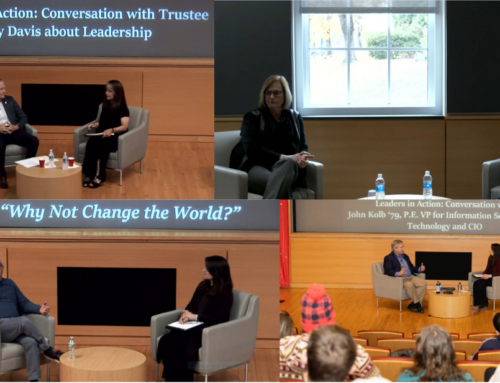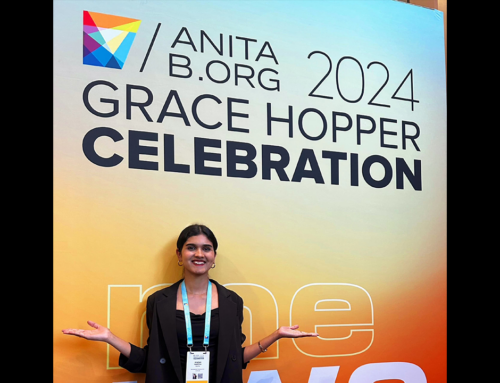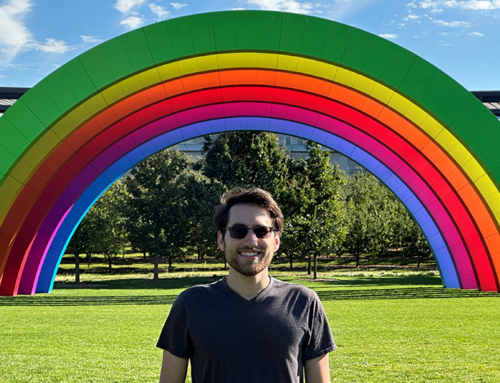By Jason Griffith ’12
The launch of the uncrewed Artemis I mission later this year is both a symbolic step and tangible progress toward the goal of landing humans on the lunar surface for the first time since 1972. Since the close of the Apollo missions, which saw 12 Americans walk on the lunar surface, humanity’s space endeavors have stayed in low earth orbit. To add some perspective for how near to our home world we’ve remained since Apollo, if Columbus’ first voyage from Spain to the Bahamas were compared to the distance covered on the Apollo flights from the Earth to the moon, our regular trips to the International Space Station (on this old-world exploration scale) would still be in view of cathedral spires on the Spanish coast.
It may have taken awhile, but once again, we are going. After Artemis I proves out the tools to get us there (the Orion spacecraft and the Space Launch System rocket), the Artemis II mission will fly crew around the moon. Then, the Artemis III mission will return humans to the surface of the moon for the first time since the completion of the Apollo 17 mission.
As a Rensselaer Polytechnic Institute graduate working as the Artemis I and Artemis III mission lead at Lockheed Martin for the Orion spacecraft, I feel proud of the hard work that we’ve put in developing the mission concept of operations, implementing that on the spacecraft, and testing, in order to be ready for the mission later this year. I’m eager to support Artemis I mission operations and the challenges that lay beyond that. Returning Americans to the moon, and the other still loftier goals, will require technical, political, and organizational solutions. It is up to this generation of engineers to find the answers to those challenges to enable humanity to push out further into the system around us.
I see the work we do on the Orion spacecraft in that context: not just as a singular effort to grasp again at the moon, but rather as a part of the larger groundswell of activity in both the public and the private sector seeking to make space a more regular part of the human domain. Artemis I is the step we take today that furthers us on the longer journey. It is like a temporal adaptation of “think globally, act locally” — engineers should think generationally, act immediately. This is the type of generational thinking that the people who laid the first stones to the Notre Dame de Paris knew; that even their children would likely never see its completion. It’s the same type of thinking that is required to solve the issues of a secure energy future, climate change, and many of the other challenges that face humanity.
Through this lens, one should see not only the near-term milestones and benefits of human space exploration (scientific knowledge, inspiration, creation of a skilled technical workforce, spinoff technologies, etc), but also the place of human spaceflight in furthering the cause of humanism. For once we get beyond the first tentative steps of exploration to the moon and Mars, there is a future where there are large numbers of humans living off Earth, each one innovating, creating, and philosophizing, adding the to the ever-diversifying tapestry of the human experience.




